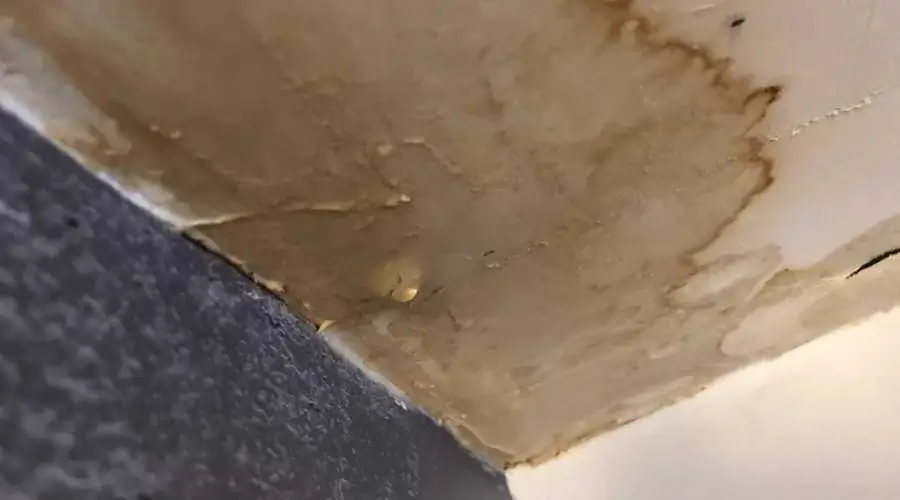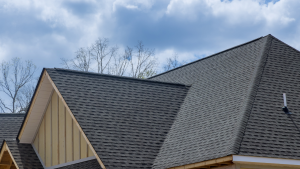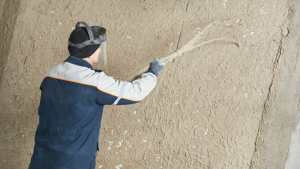Nobody enjoys learning that they have wall damage caused by water. However, it is precisely what owners of stucco houses built between the 2000s and the middle of 2010 are dealing with. Damage from water may be serious and expensive when stucco systems are placed incorrectly.
A home’s structural integrity may be jeopardized, and health risks may result from water that seeps into the walls. Understanding if water has gotten trapped in your walls is crucial in light of this. You should seek the services of a stucco remediation specialist right once if there is water in your walls.
Your damaged house should be repaired as quickly as possible. Costs for repair will increase since water damage only gets worse with time.
There are seven telltale symptoms to check for in your stucco that it has water damage. When stucco is harmed by water, it may start to crack, discolor, develop moss or mold, crumble or soften, bubble or crumble, or sprout stains.
1. Crack Formation
It’s not always the case that cracks mean water damage to your stucco. They may not even be an indication of damage. One of the things that might create cracks in your stucco is the shifting of your home’s foundation.
This does not mean you should dismiss any cracks in your stucco that you see. If it were the case, they wouldn’t be on this list. However, if trials start to emerge, you should look for further signs of nearby water damage.
A sign of degeneration might be hairline fractures. You can leave the cracks alone or conceal them if there aren’t more symptoms. Larger fissures pose the largest issues. They can result from the moisture buildup that has caused your stucco to expand and contract.
Furthermore, even if the larger break does not reveal any other signs of water damage, you must get it repaired. Even though the crack may not have been caused by water, it might nevertheless let water inside, causing damage to your walls.
2. Staining
Your walls are being harmed by dampness if you see stains on them. Where water runs, such as from the corners of your windows, streaks that seem unclean may be seen. This issue can be if the flashing needs to be included or put correctly.
The streaks are accompanied by black dots that are also visible. This moisture carried by the walls may cause these discolored areas. Painting them over won’t solve the underlying issue causing the discoloration.
Where the stucco walls are stained, they may seem moist in certain areas. This may be fine if a thunderstorm recently passed by. However, if the damp-appearing areas continue, that would be concerning. Start in the vicinity of cracks and search for dark areas since this is where water may be entering the wall.
3. Moss Growth
It’s not a guarantee that moss development on your walls means water has gotten trapped inside and is causing harm. The fact that water is not being appropriately diverted away from your walls is a caution, however. Furthermore, if water is not appropriately diverted away from your walls, it might ultimately damage them.
Most often develops on the bottoms and bases of walls when water flows off them. If you see water trickling down your walls, check your gutters and flashing for problems. If there isn’t enough space between the wall’s termination and the ground, moss development at the base of your walls may also result.
Moss growing on your stucco or any other exterior material is a clear sign that something needs to be corrected.
4. Mold Growth
Unlike most growth, mold growth often signifies water trapped inside your walls. Mold develops in dark, damp areas, such as behind wet walls. If you see any black areas, stucco, mold can be to blame. Additionally, additional mold is probably present within your walls if there is mold on the outside.
Mold causes two main problems. Your health may initially be harmed by it. The mold in your walls might hurt the people who live in your house. Additionally, it implies that your walls’ wooden timbers are possibly rotting. As the beams deteriorate, your walls lose their structural integrity.
5. Surface Crumbling
If the surface of your stucco is decaying, it should be rather visible. Water is not always to blame for surface damage, even though it is often a sign of underlying injury. However, it serves as a reminder that a problem within your walls must be addressed.
When the top layer of your walls crumbles, your walls are more vulnerable to damage. Additional damage causes more layers to come off. Additionally, damage increases as more layers are removed. In a vicious cycle, damage is being done to your home.
You may determine if water damage is the root of the cracking if the recently exposed layers feel moist or mushy to the touch.
Another concern is that because of surface cracking, less layers protect your property from water. Due to its porous nature, stucco allows water to flow through. You also want to keep the water out since that would prevent the efficiently be expelled from the walls.
6. Soft Spots
Further signs of water damage will often follow the soft spots in your stucco. There can be soft spots if your walls are covered with moss or mold. Any stains you see are probably on a smooth surface.
If you see fractures or other damage that isn’t usually the consequence of water, you may still evaluate the area for temperate regions. If you find your villain, you’ve probably seen them.
7. Surface Bubbling
Bubbles are a sign of water damage, and they often occur together with mushy areas and cracks. It occurs when hot moisture escapes under or between your stucco’s layers. Bubbles are often seen at the bottom of walls where water gathers.
Jersey Shore Stucco Remediation
Whenever there are indications of water damage to your stucco building, contact Jersey Shore Stucco. After checking your walls at home, we’ll let you know what to do next.




